By Myochin Munekazu, signed Munekazu Japan, late 19th century, Meiji period (1868-1912) The patinated russet iron snake constructed of close-fitting hammered plates joined inside the body, the head chased and engraved with scales and fitted with a hinged jaw opening to reveal the tongue and two rows of teeth, the eyes gilt, signed MUNEKAZU under the snake’s chin. LENGTH 135.5 cm WEIGHT 578 g Condition: Excellent condition with only minor surface wear. Provenance: European collection. The art of creating lifelike figures of animals in metal, known as jizai okimono, which developed during the Edo period, is an example of outstanding Japanese craftsmanship. Meticulously constructed with hammered plates of iron, these articulated figures were greatly sought after for decorative use. They were placed in alcoves alongside pieces of porcelain, pottery and hanging scrolls, and were the object of entertainment and discussion. Popular subjects for jizai okimono included insects, fish, crustaceans, and even dragons. This venomous snake is an outstanding example of such objects and was made by the famous Myochin family workshop, renowned for its production of Samurai armor, especially helmets and highly decorative embossed plate iron cuirasses. With its fearsome glowing gilt eyes, its ferocious and sharp teeth, and its rows of intricately assembled scales, it confronts the viewer face on, ready to attack. The naturalistic quality of this piece is astonishing. The present snake is signed Munekazu, the art name of Tomiki Isuke I (1853-1894) who tutored Kozan in Kyoto. Literature comparison: A closely related but earlier articulated iron snake by Myochin Munenobu, dated to the mid-18th century, is in the collection of the Victoria & Albert Museum, accession number M.38-1947, and another most likely later example by Myochin Muneyoshi is in the collection of the British Museum, museum number HG.207. Auction comparison: Compare a closely related but slightly longer snake (165 cm long) by the same maker at Christie’s, Asobi: Ingenious Creativity, Japanese Works of Art from Antiquity to Contemporary, 15 October 2014, London, lot 75 (sold for 98,500 GBP), and another (162.9 cm long) by Muneyoshi (Tanaka Tadayoshi, d. 1958) at Christie’s, Japanese and Korean Art, 18 April 2018, New York, lot 111 (sold for 250,000 USD).
By Myochin Munekazu, signed Munekazu Japan, late 19th century, Meiji period (1868-1912) The patinated russet iron snake constructed of close-fitting hammered plates joined inside the body, the head chased and engraved with scales and fitted with a hinged jaw opening to reveal the tongue and two rows of teeth, the eyes gilt, signed MUNEKAZU under the snake’s chin. LENGTH 135.5 cm WEIGHT 578 g Condition: Excellent condition with only minor surface wear. Provenance: European collection. The art of creating lifelike figures of animals in metal, known as jizai okimono, which developed during the Edo period, is an example of outstanding Japanese craftsmanship. Meticulously constructed with hammered plates of iron, these articulated figures were greatly sought after for decorative use. They were placed in alcoves alongside pieces of porcelain, pottery and hanging scrolls, and were the object of entertainment and discussion. Popular subjects for jizai okimono included insects, fish, crustaceans, and even dragons. This venomous snake is an outstanding example of such objects and was made by the famous Myochin family workshop, renowned for its production of Samurai armor, especially helmets and highly decorative embossed plate iron cuirasses. With its fearsome glowing gilt eyes, its ferocious and sharp teeth, and its rows of intricately assembled scales, it confronts the viewer face on, ready to attack. The naturalistic quality of this piece is astonishing. The present snake is signed Munekazu, the art name of Tomiki Isuke I (1853-1894) who tutored Kozan in Kyoto. Literature comparison: A closely related but earlier articulated iron snake by Myochin Munenobu, dated to the mid-18th century, is in the collection of the Victoria & Albert Museum, accession number M.38-1947, and another most likely later example by Myochin Muneyoshi is in the collection of the British Museum, museum number HG.207. Auction comparison: Compare a closely related but slightly longer snake (165 cm long) by the same maker at Christie’s, Asobi: Ingenious Creativity, Japanese Works of Art from Antiquity to Contemporary, 15 October 2014, London, lot 75 (sold for 98,500 GBP), and another (162.9 cm long) by Muneyoshi (Tanaka Tadayoshi, d. 1958) at Christie’s, Japanese and Korean Art, 18 April 2018, New York, lot 111 (sold for 250,000 USD).
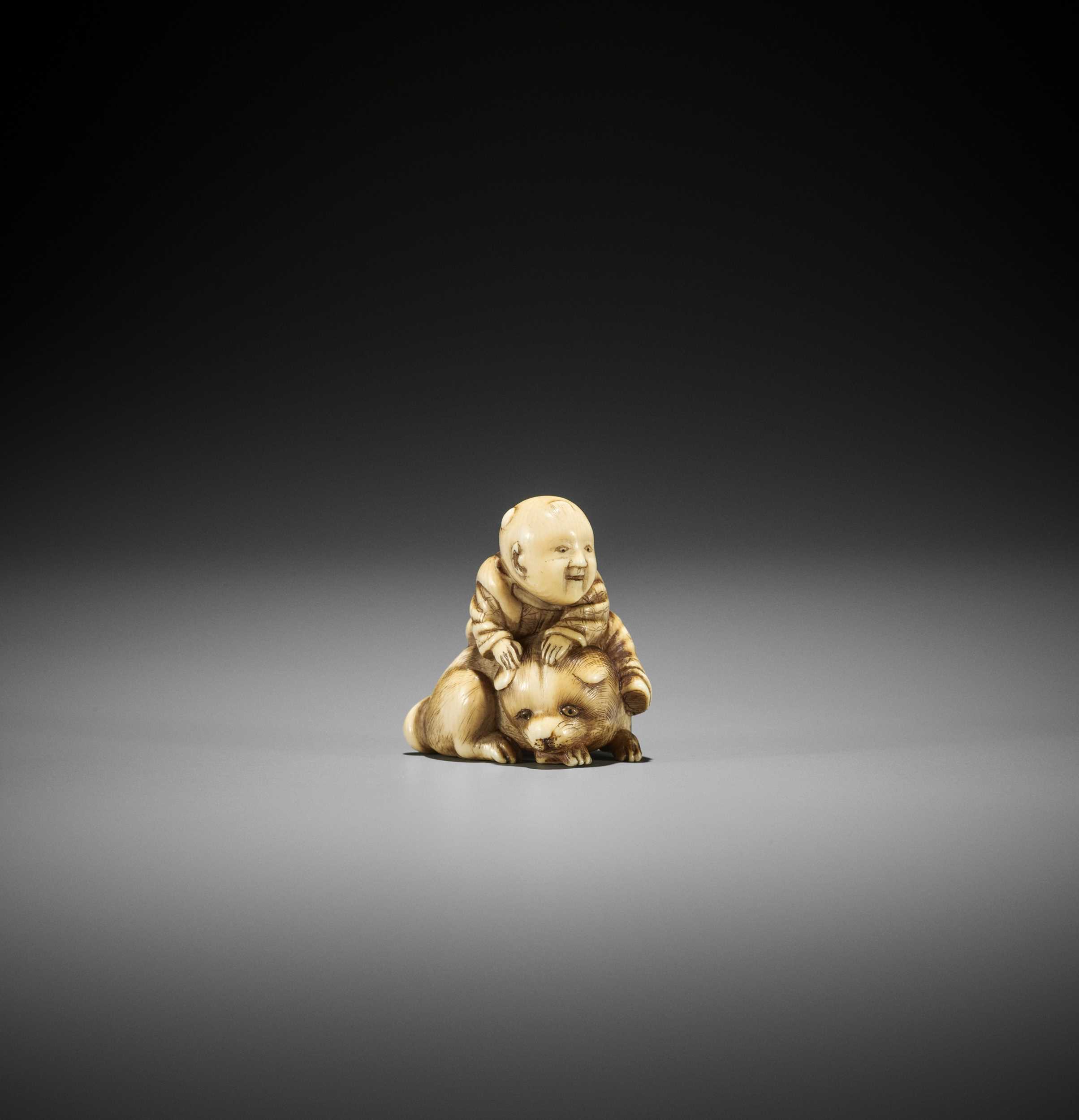
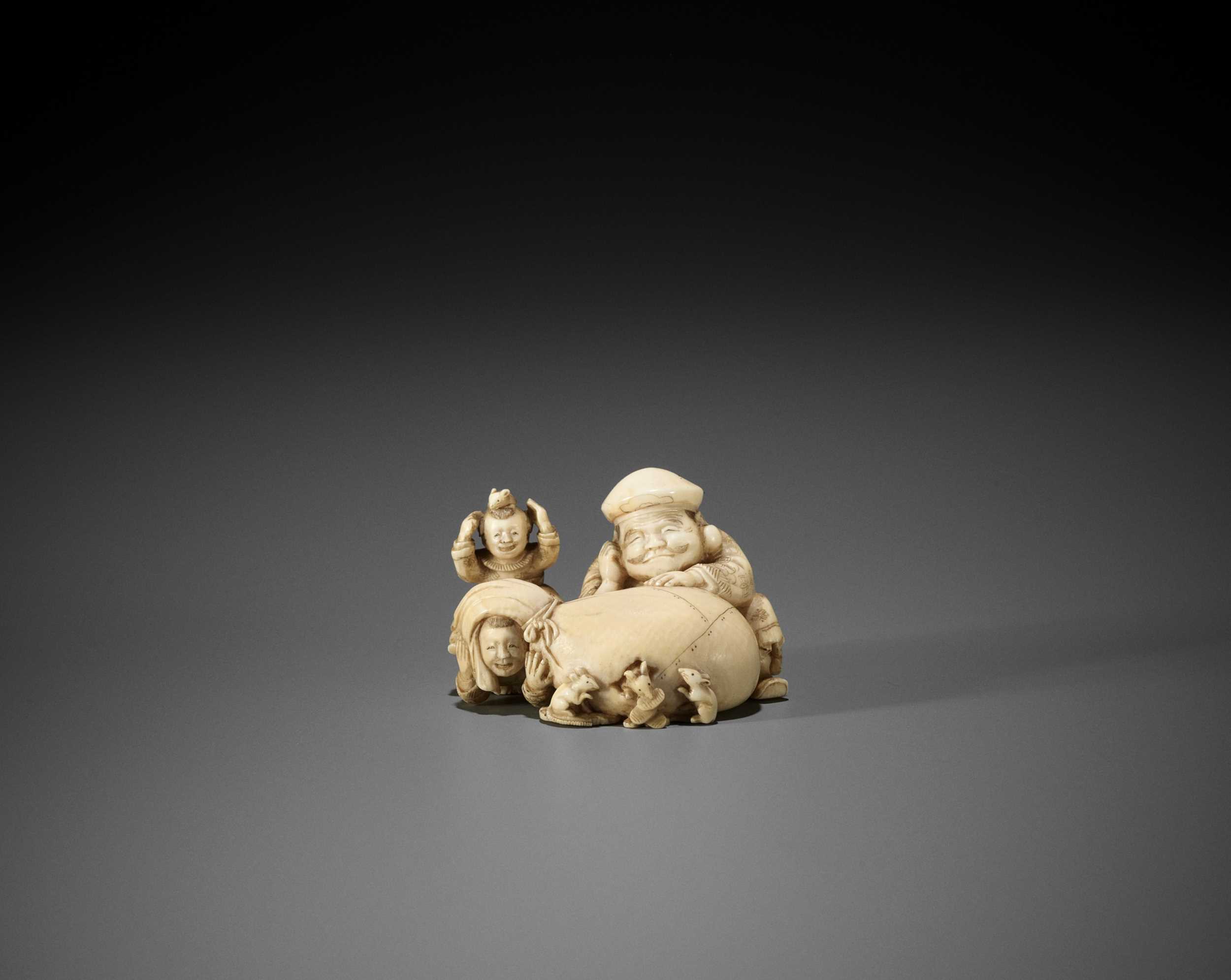
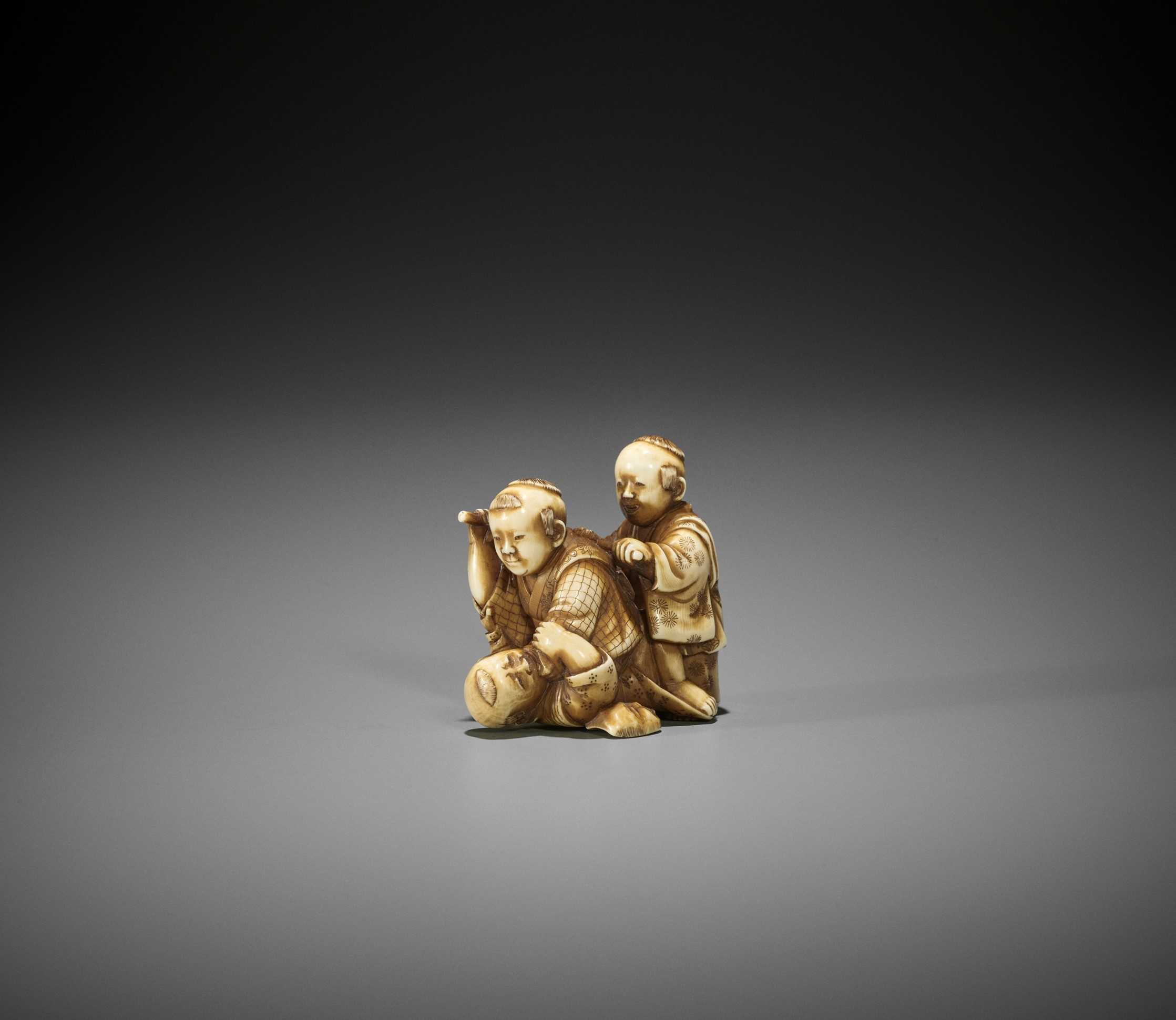
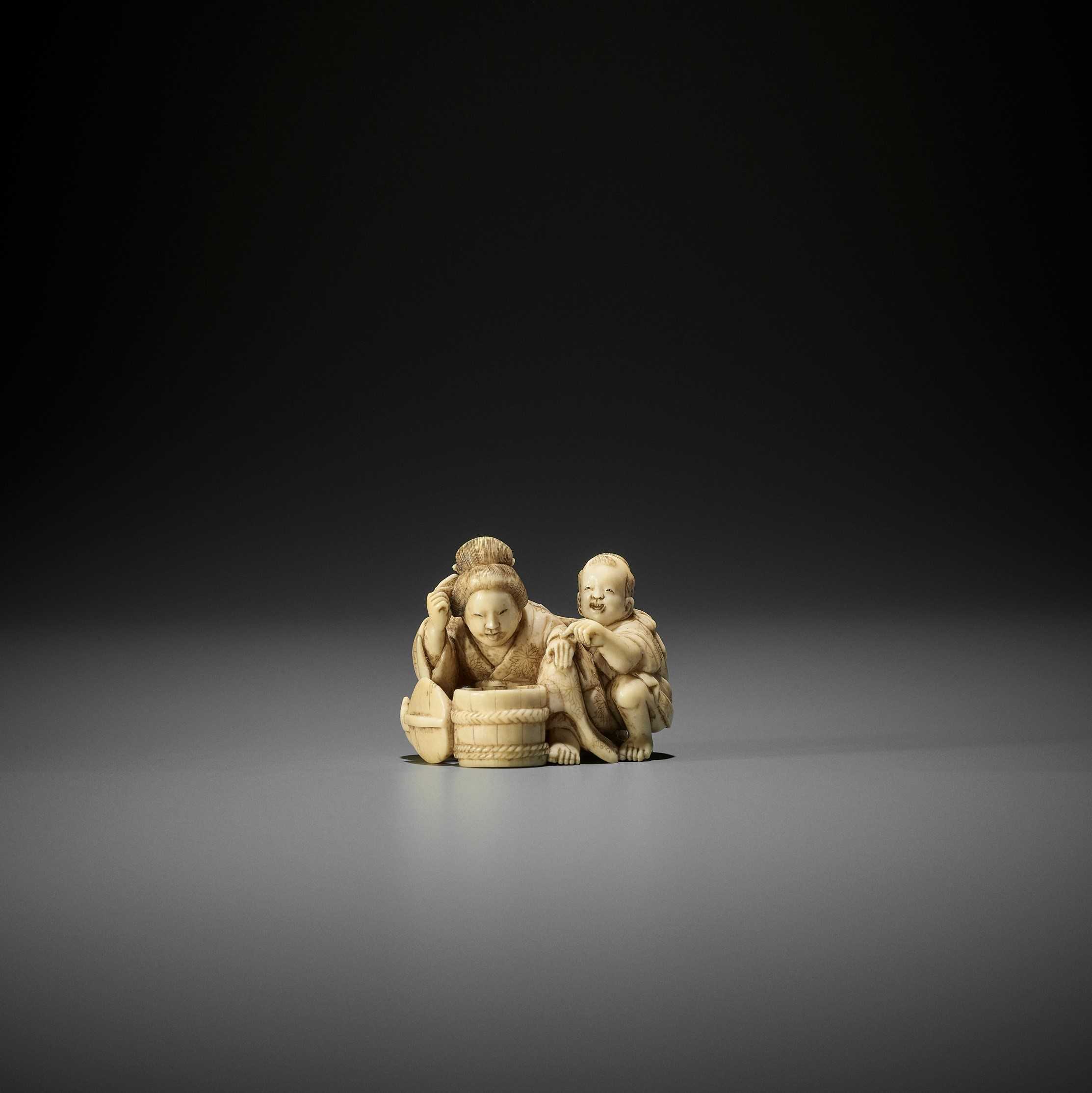
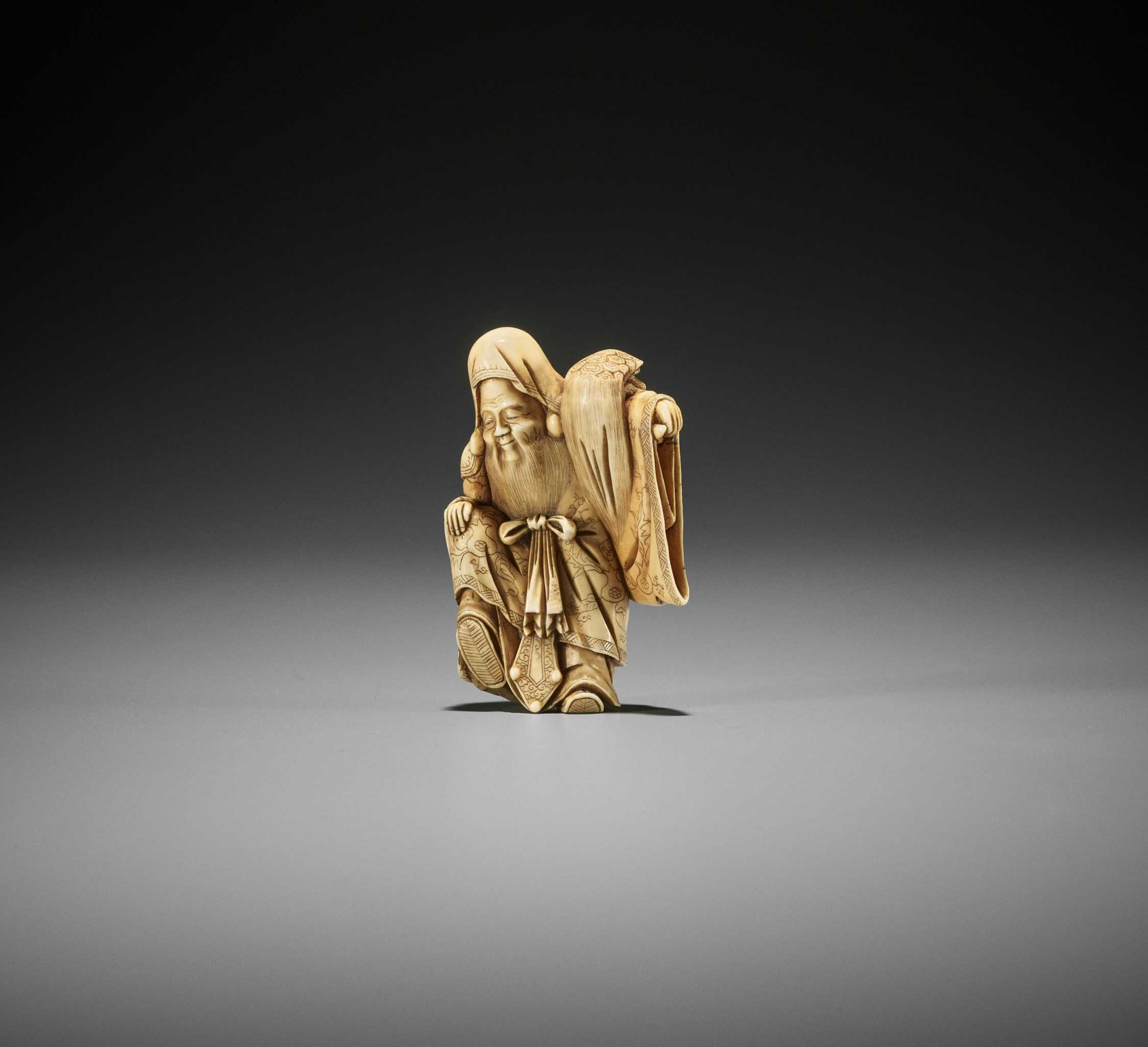
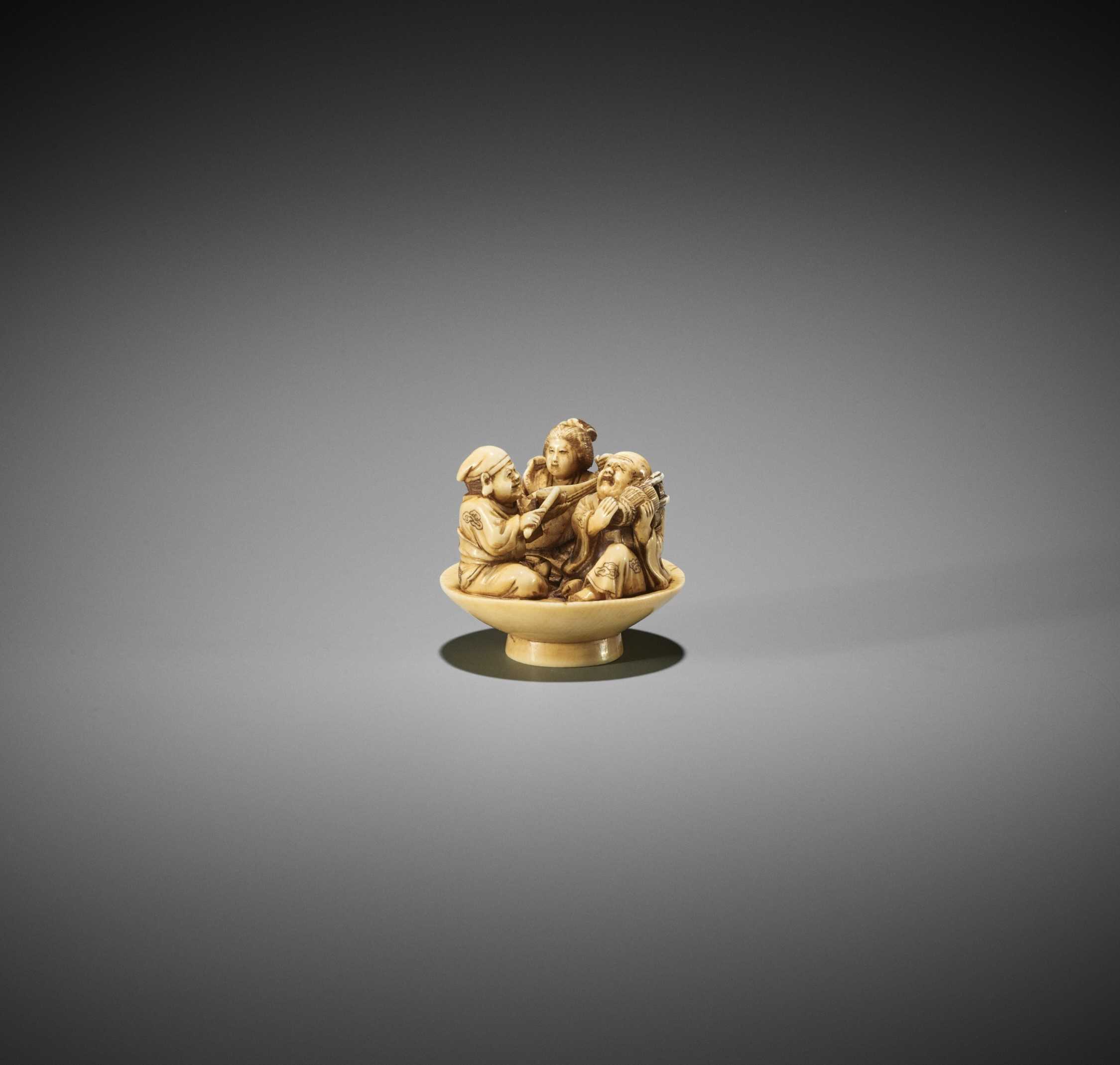
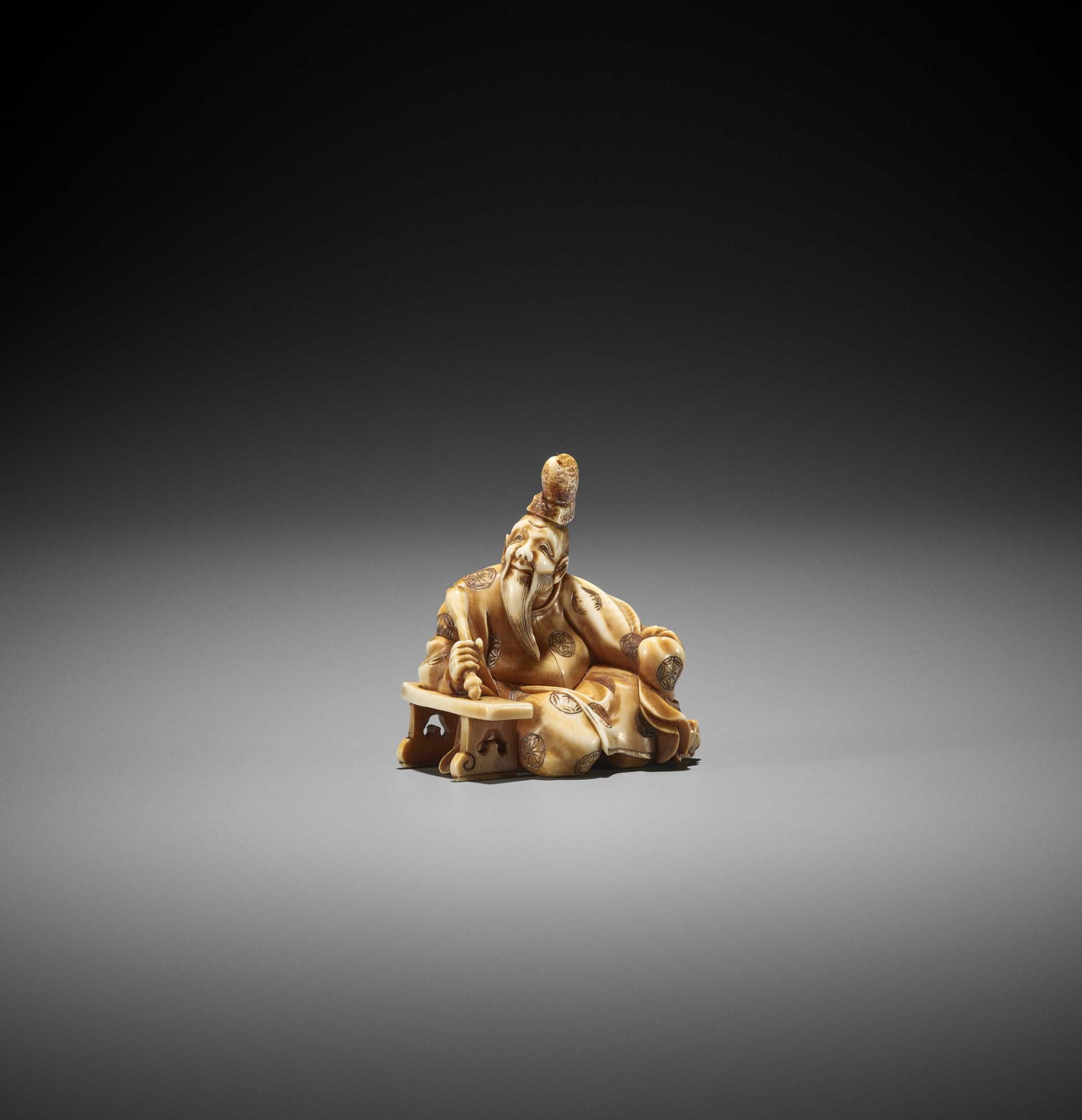
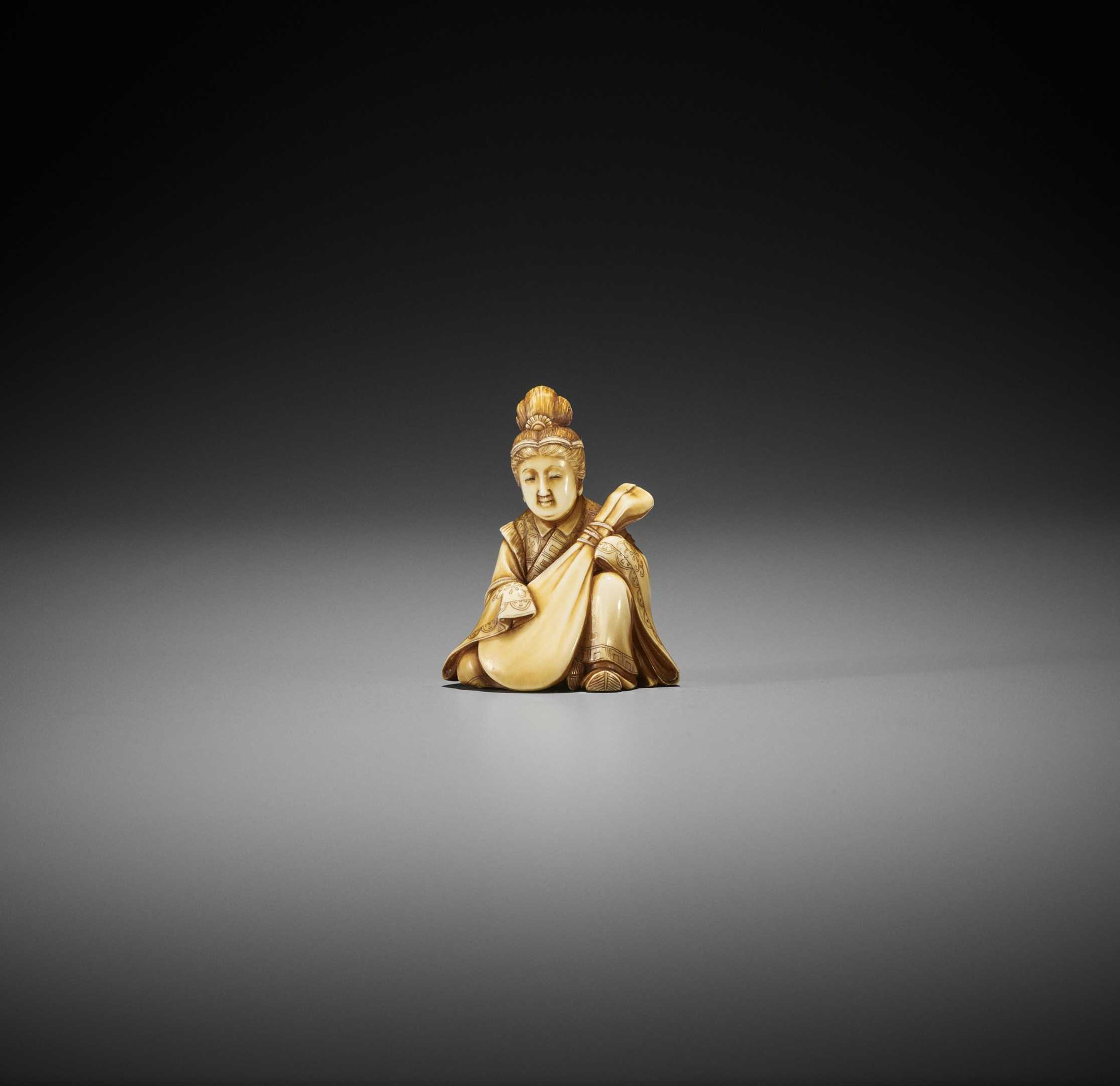
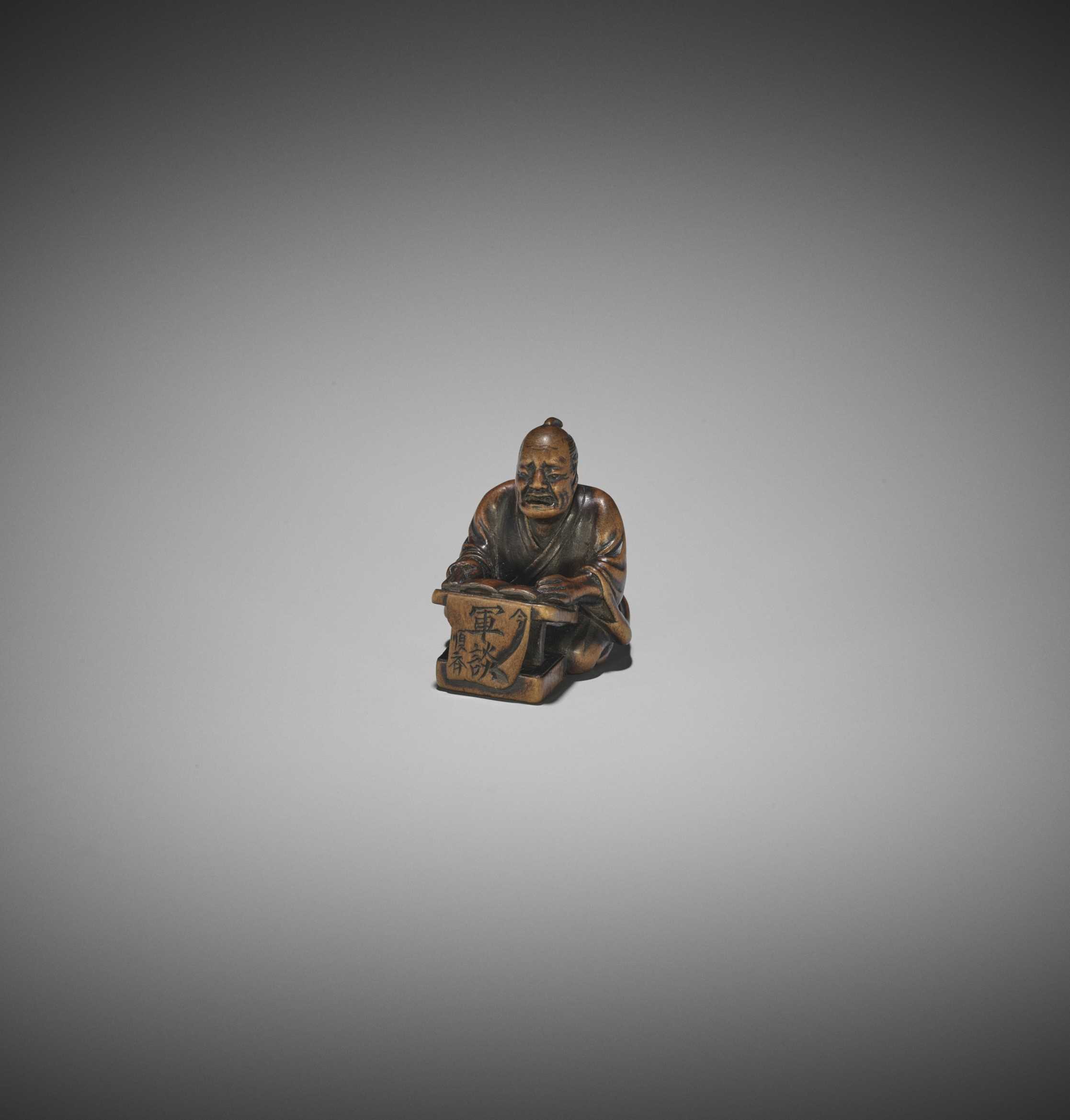
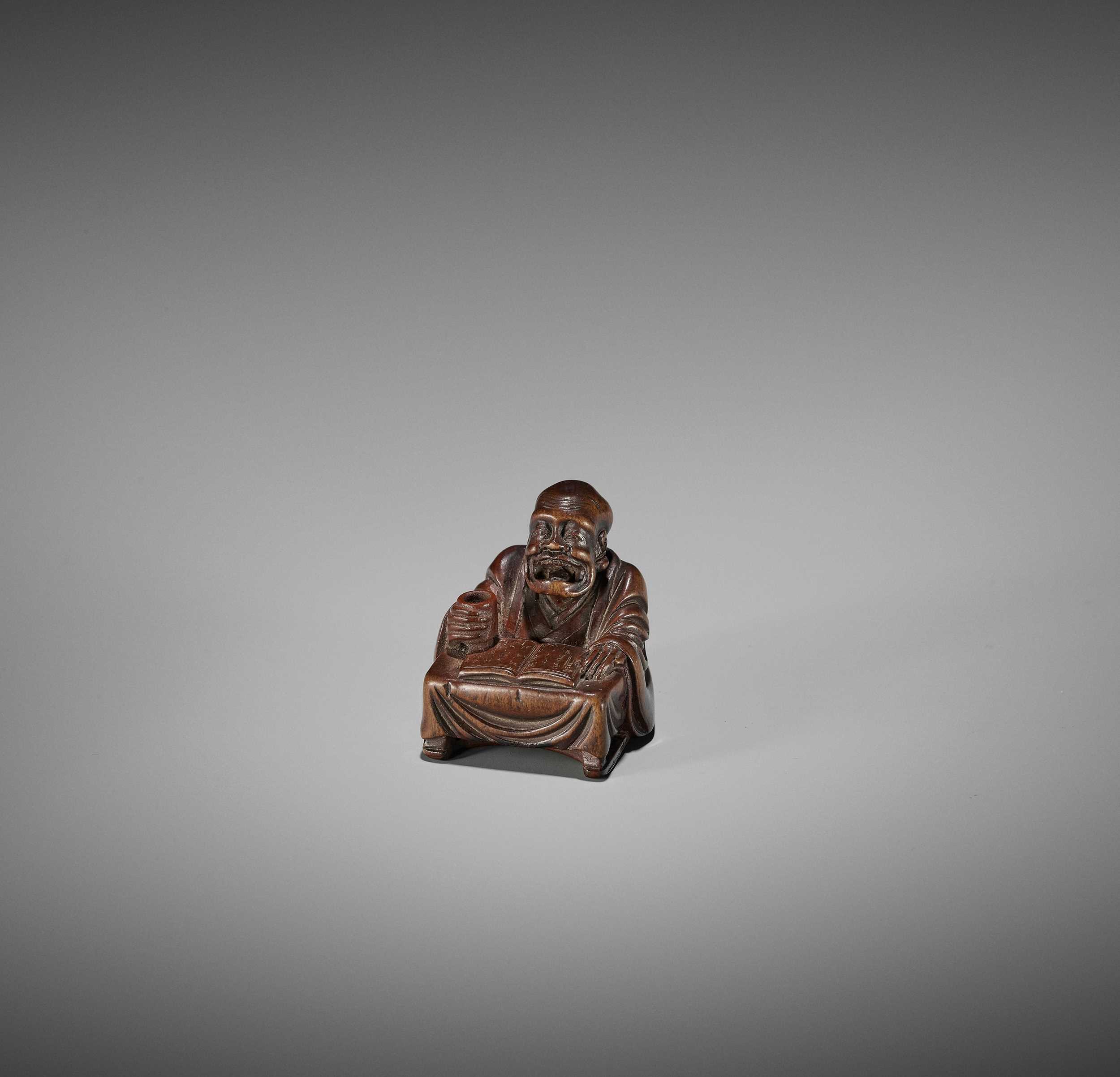
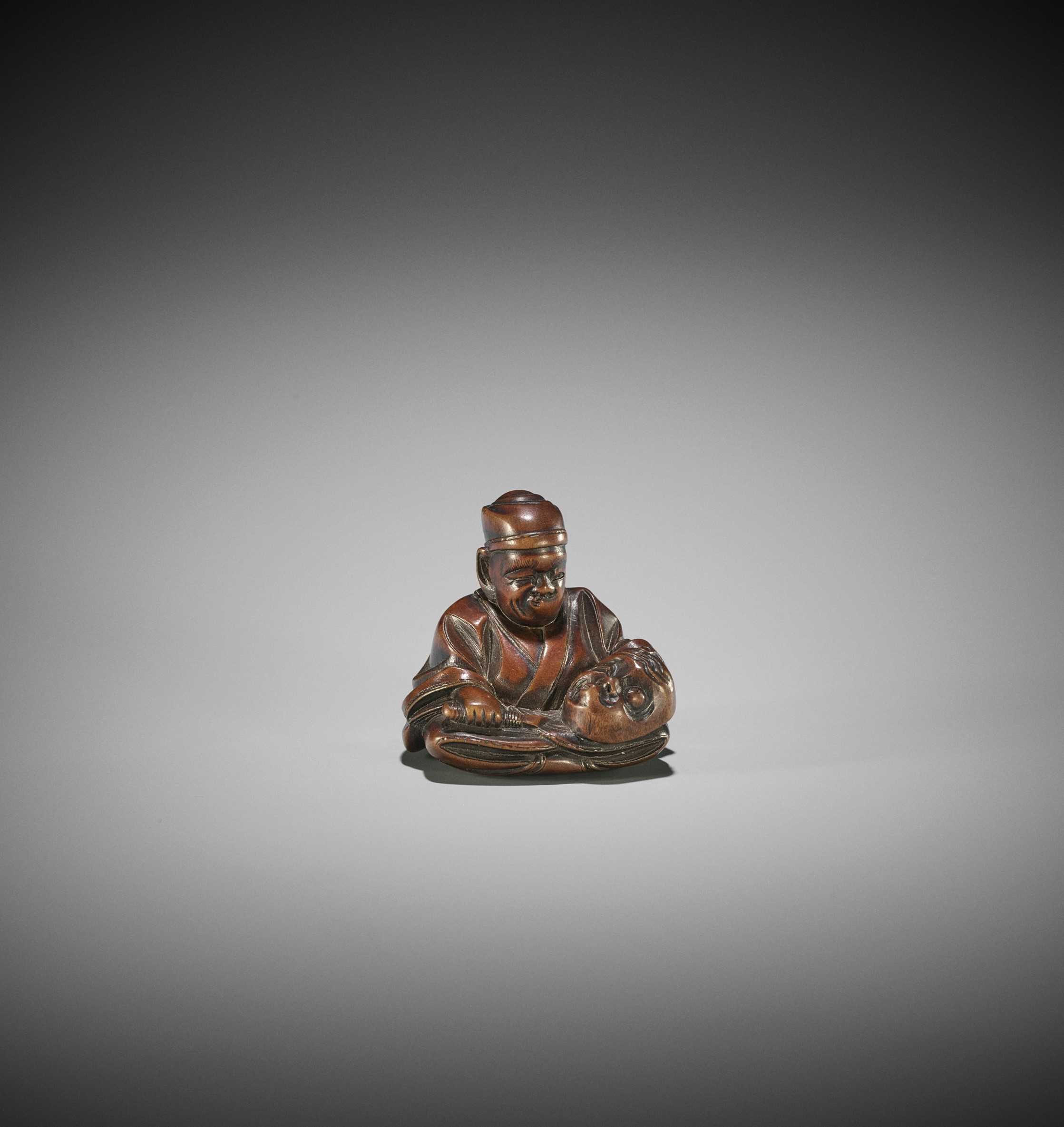
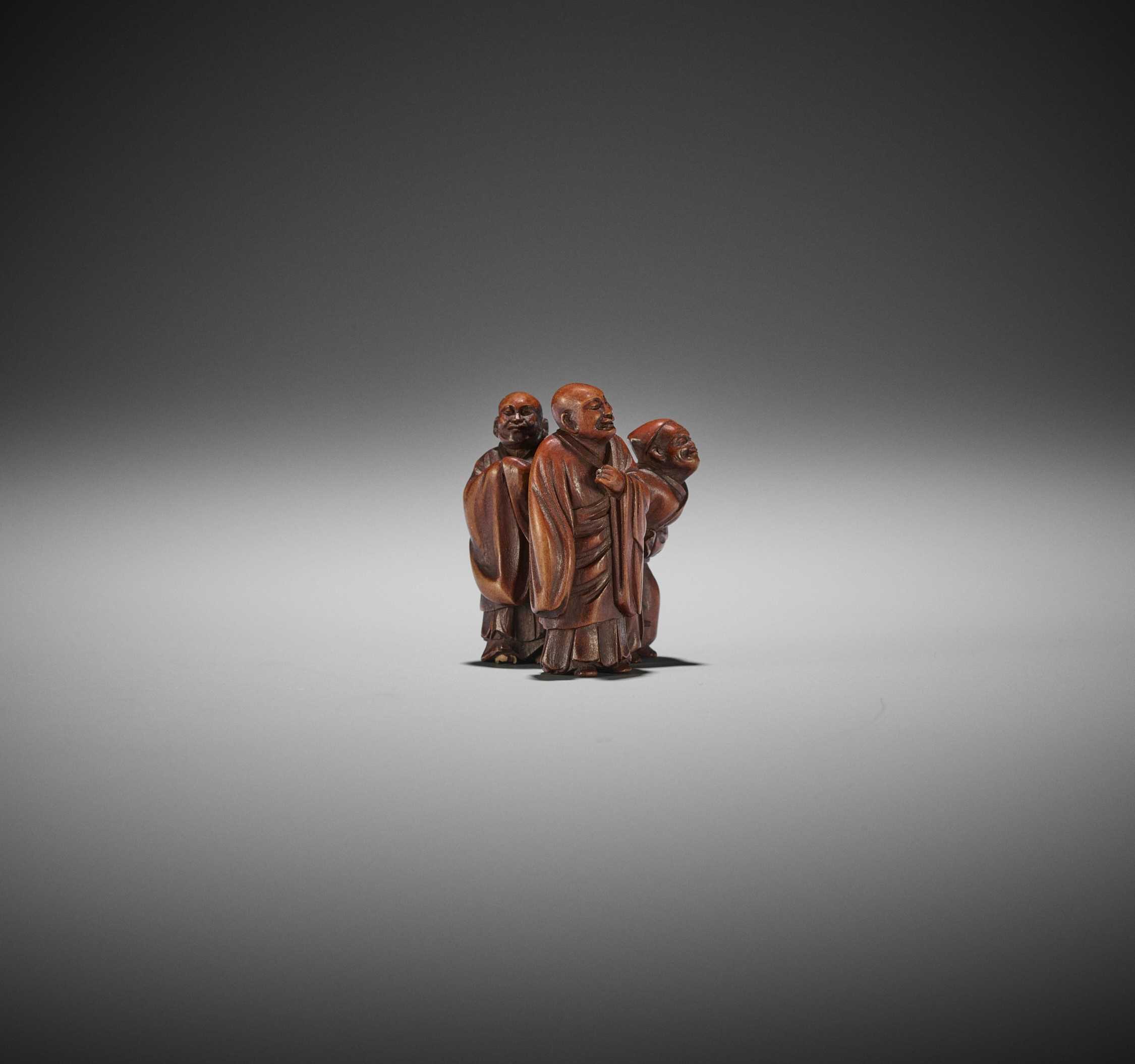
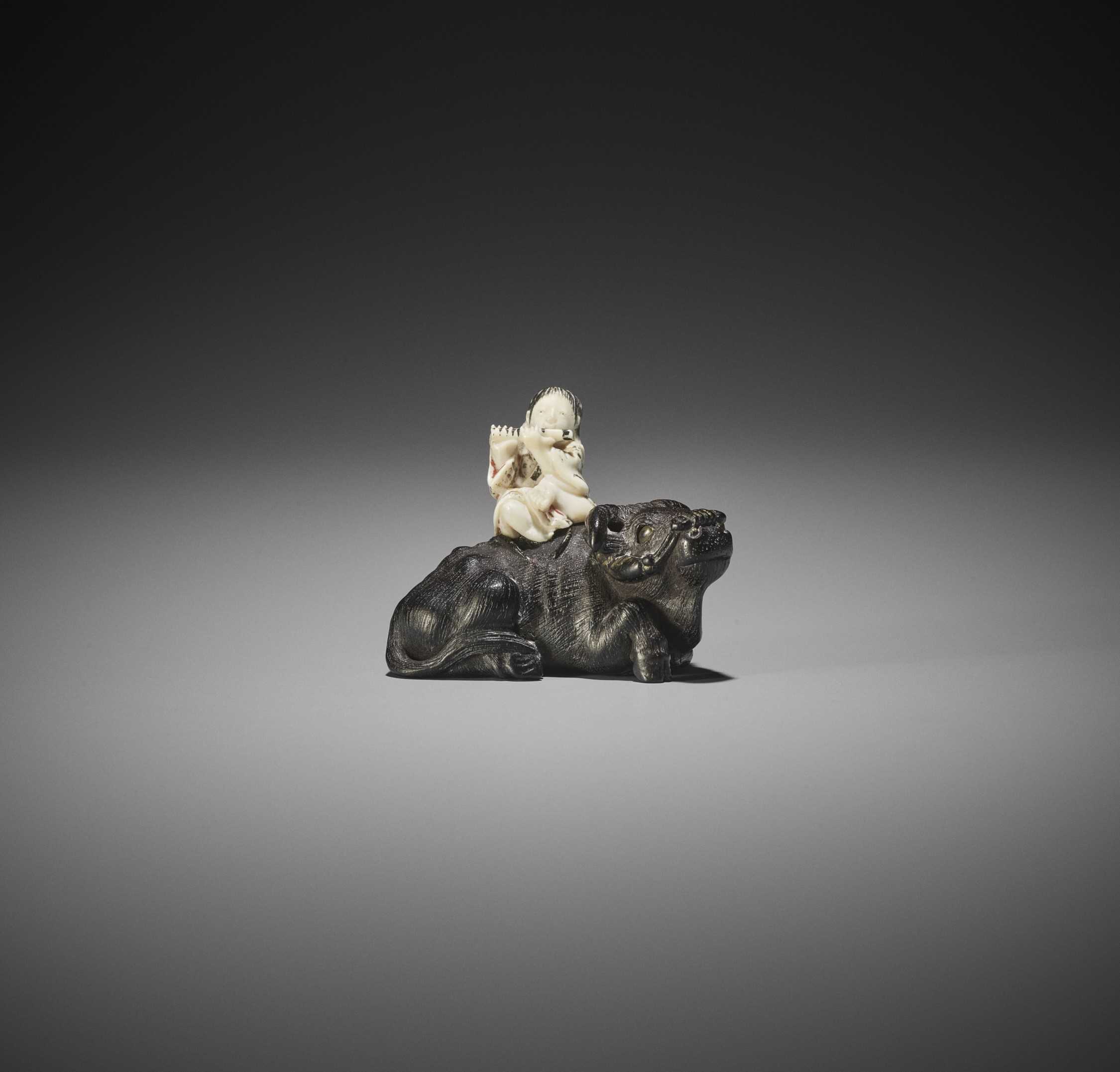
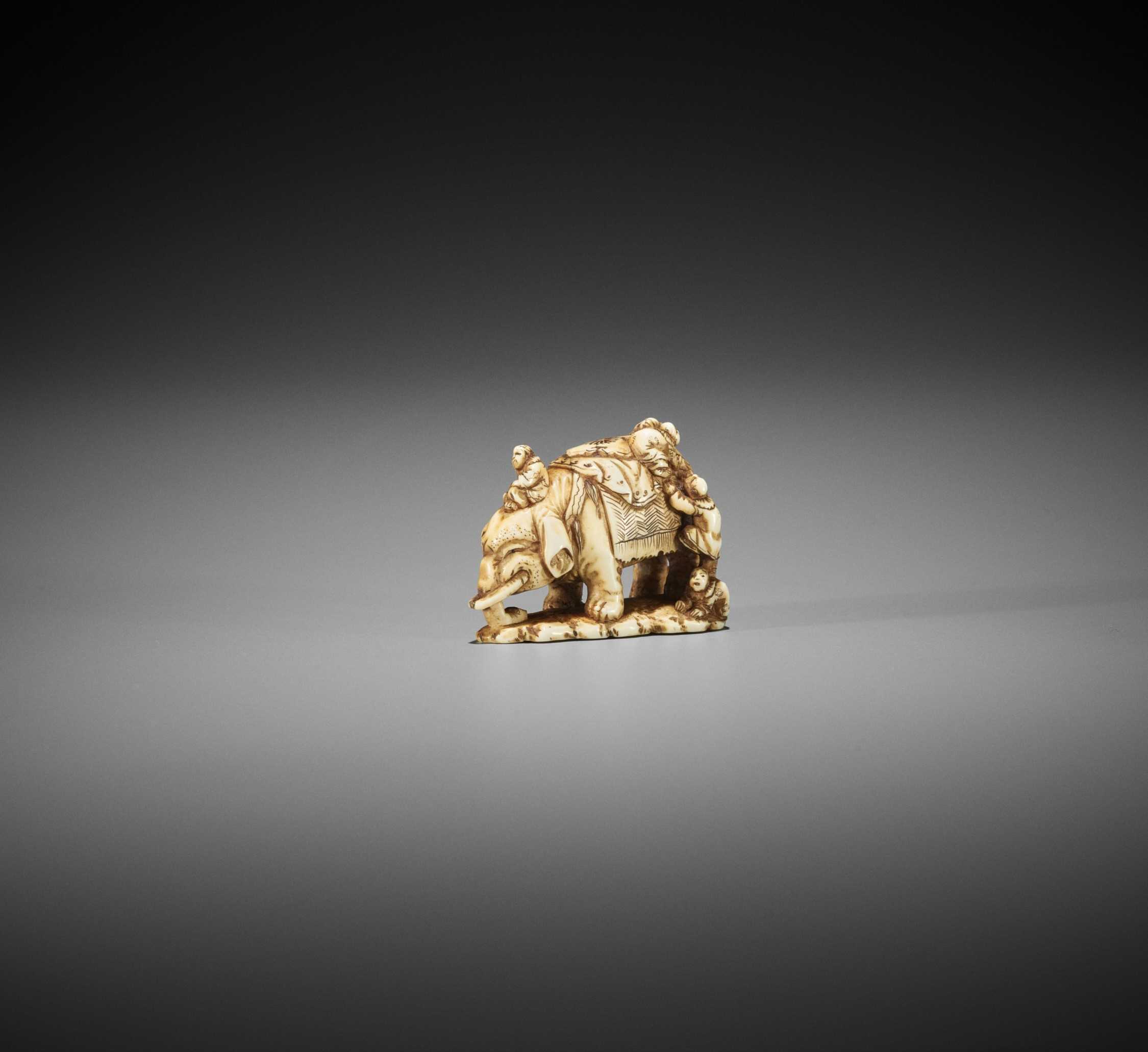
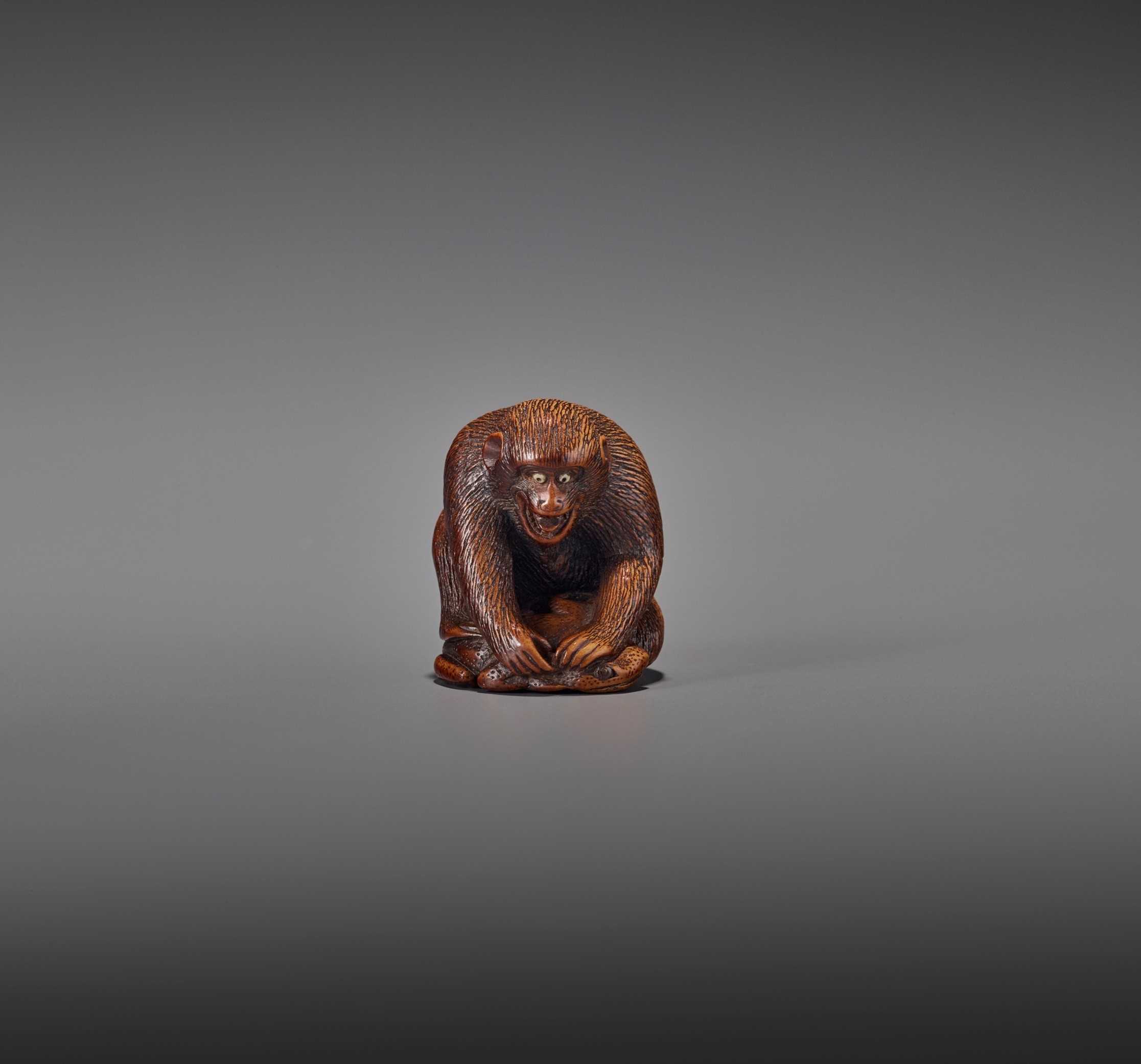
Testen Sie LotSearch und seine Premium-Features 7 Tage - ohne Kosten!
Lassen Sie sich automatisch über neue Objekte in kommenden Auktionen benachrichtigen.
Suchauftrag anlegen